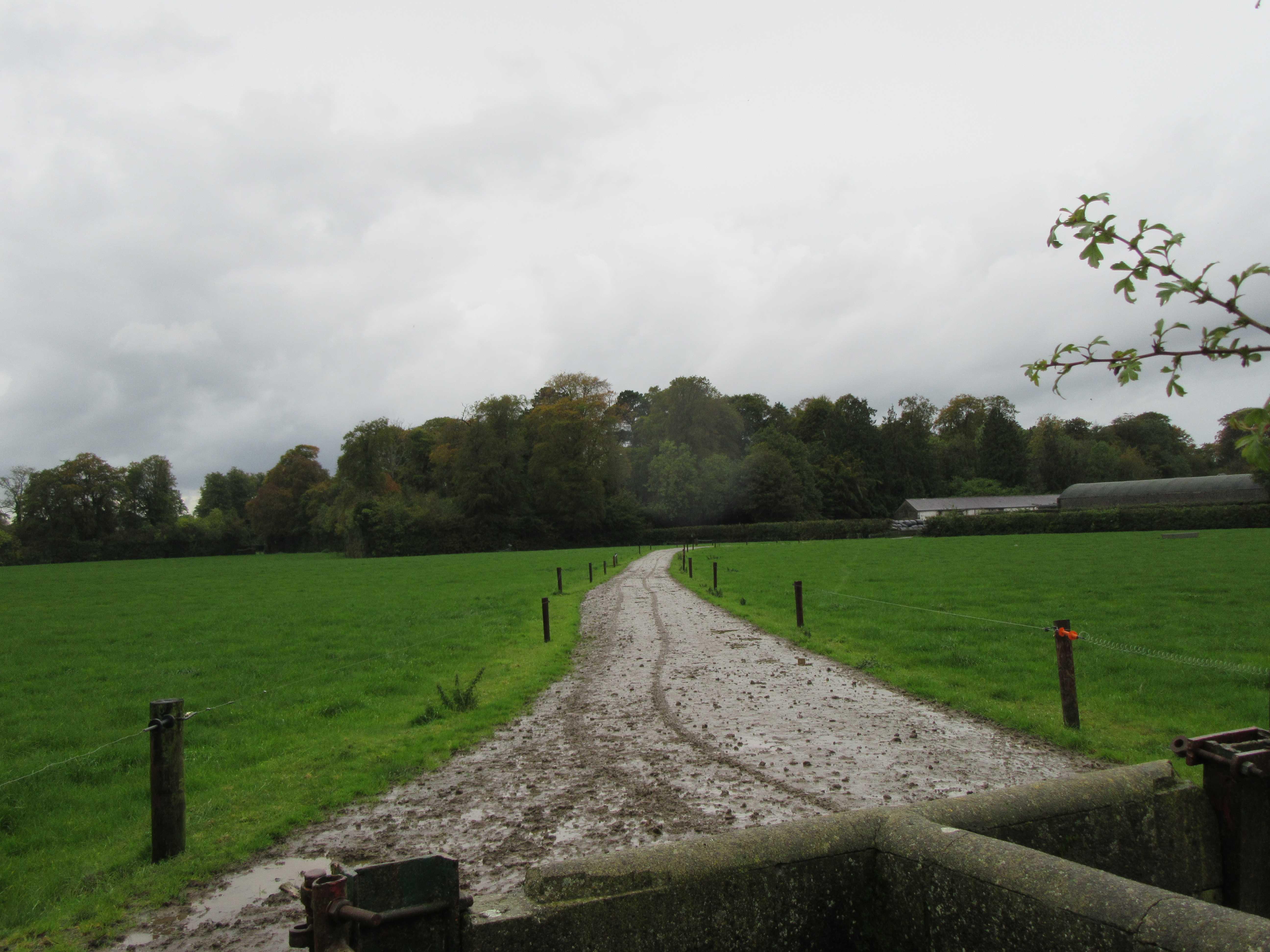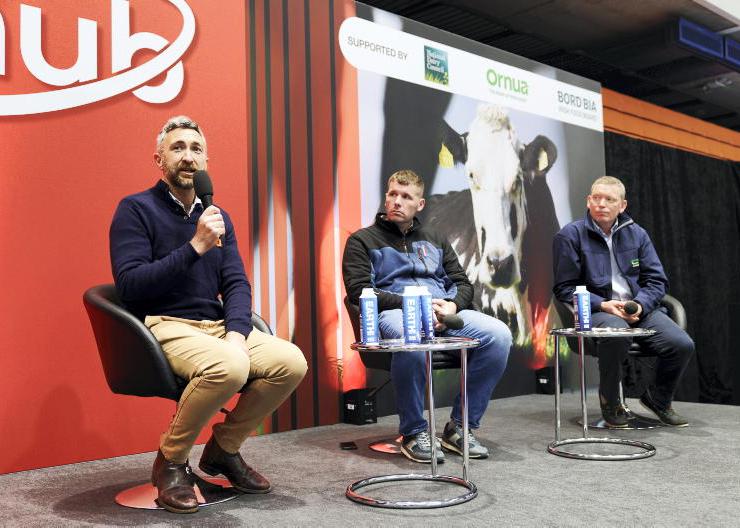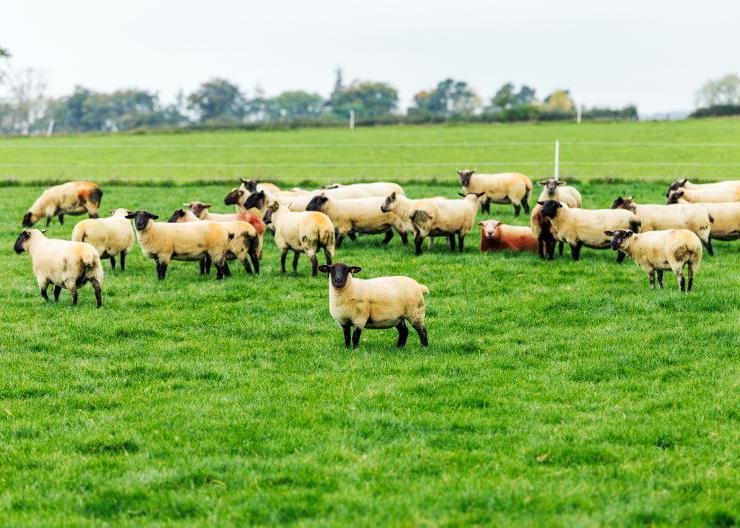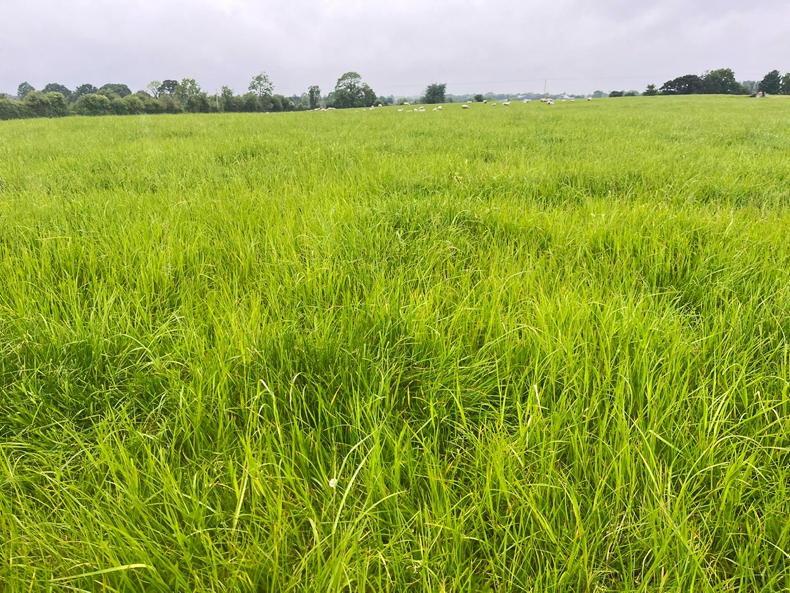This week, I was in Kerry with the Irish Farmers Journal Kerry grass group. It is no secret that Kerry and parts of the west are often subject to higher levels of rainfall than the rest of the country.
Grazing infrastructure on these farms is key to extending the grazing season.
No area of a paddock should be more than 150m away from a laneway.
A heavy soil farm or a farm in a high rainfall area can never have enough lanes and spur roadways.
Spur roadways need to be topped off with gravel or hard core, remove the top soil and replace with some hard core.
On dry land, you may get away without gravel or hard core, but, on heavy soils, it would be recommended.
Prone areas
Keep level with the field or slightly below the field level to allow a mower to go over them as they can be weed-prone areas.
Walking the farm every week is a must, not only to assess grass covers but also to assess ground conditions.
Poaching has to be kept to a minimum and avoid where possible.
The simple action of ensuring cows should never enter and exit a paddock in the same place will make a massive difference and should be practised year-round.
Water troughs should ideally be set up centrally in paddock.
Long narrow paddocks that have two or more grazings in them should have two water troughs in them.
Plastic stakes
In the shoulders of the year, you want to be able to divide paddocks up so that stock will only ever be on the same piece of ground once.
This is massive when talking about minimising damage. Grazed ground will poach way easier and is where the major damage is done on farms.
You can’t have enough reels of white wire and plastic stakes on farm.
Once weather breaks, back-fencing and 12-hour allocations can be back in very quickly and the last thing you want to be doing is looking for stakes and a reel, because that’s the day you’ll chance the cows going back over a grazed bit of ground.
When the weather turns bad and dry matter levels are low in the grass, it’s important to feed the cow accordingly.
Extra supplement or silage may be needed to ensure the cows are getting their fill. Graze-outs should still be a focus and with good allocations and good grass quality, you will still be able to achieve this.
On-off grazing will have to be implemented in the shoulders of the year. There is work involved in it, but the returns are clearly evident.
Extending getting extra days at grass in the spring and autumn can lead to 30kg extra milk solids/cow produced in the year.










SHARING OPTIONS